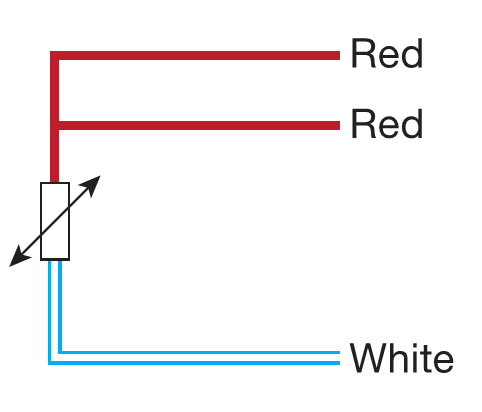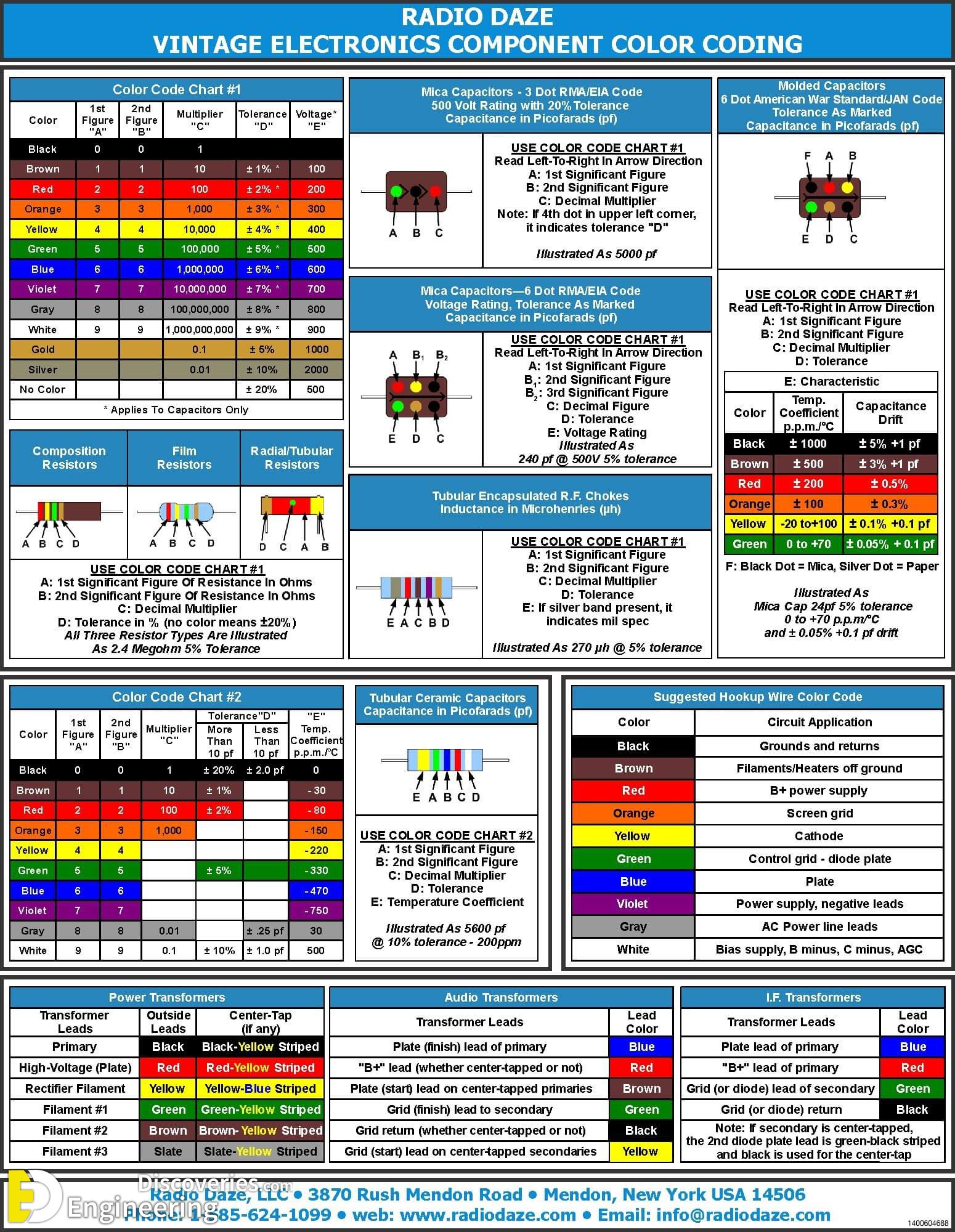


For example, this is relating to wires that are fed from utility lines into the meter socket and first means of disconnect throughout the entire electrical load such as lighting, outlets, and appliances. This includes color codes for electrical wires in branch circuits – a part of the electrical system that originates at the main service panel and feeds electricity through a structure. United States Electrical Contractors and Electricians are required to follow National Electric Code Standards (NEC) for everything and anything pertaining to the installation of electrical devices. This article should also help those who are browsing the ATI website and need assistance choosing the correct color codes to match your voltage requirements. Our hope is to educate individuals who are interested in learning about this subject in order to provide a safer workplace for those of us who handle electrical wires on a daily basis. Our experts are going to divulge further on this subject and explain what each wire color means.

For example, the United States, Canada, and European countries all use different colors codes to identify their electrical cables. The significance of these wire colors will also vary depending on where you are located in the world. The color of the jacket on electrical wires and cables (or camlocks connectors for temporary power) will vary based on the number of volts running through a circuit. However, while safety is the main purpose of the colored wires, you should always use a voltage multimeter to determine exactly how many volts are running through a circuit. This makes the world a safer place for the electrician as well as the future technician that will be doing maintenance or repairs. It’s a standardization that tradesmen follow to better understand what type of circuit they’re working on. These colors represent the voltage that those particular wires are carrying throughout the electrical circuit. But again, why are they all different colors? Well, the main reason is for safety. Lets be honest, you’ve seen some sort of electrical cables before, whether they were in your home electrical panel, on a wire reel while driving past a construction site, on the ground at a concert, or at any other event type situation. But if you’re an amateur that doesn’t have much experience in the electrical industry, this is probably all brand new to you and that’s okay. Why are electrical wires and cables all colored differently? If you’re an electrical veteran or even an apprentice, you probably know the answer to this question and might even think it’s obvious. Single Pole Devices (Cam Lock Conn.) Chevron down icon.


 0 kommentar(er)
0 kommentar(er)
